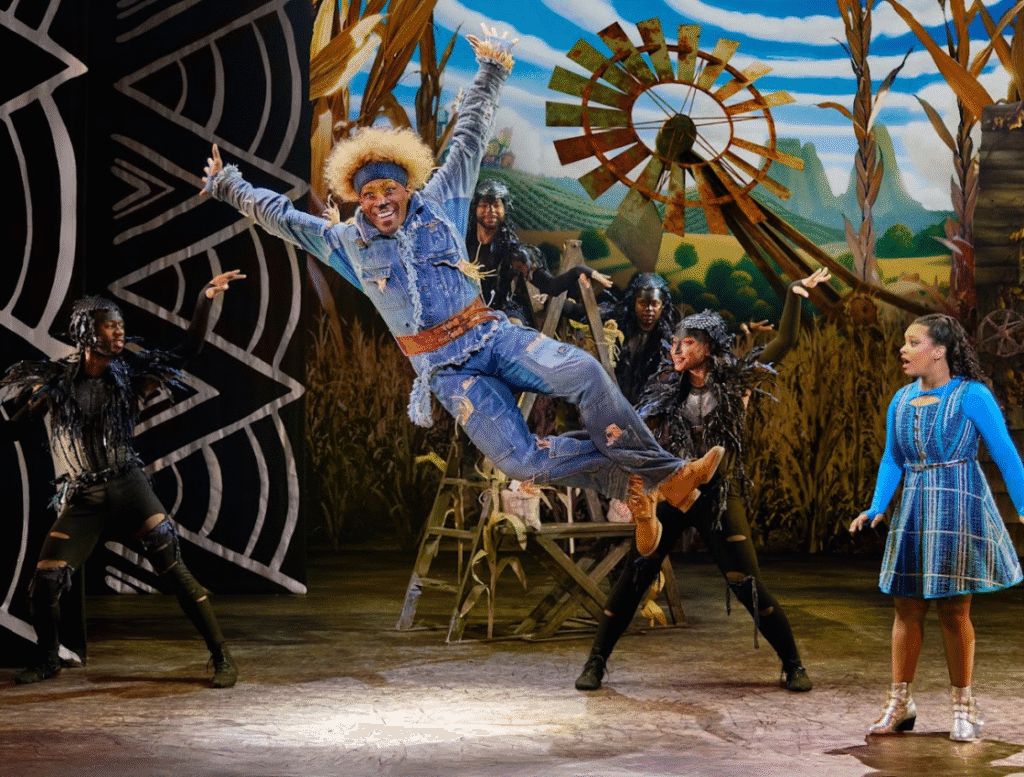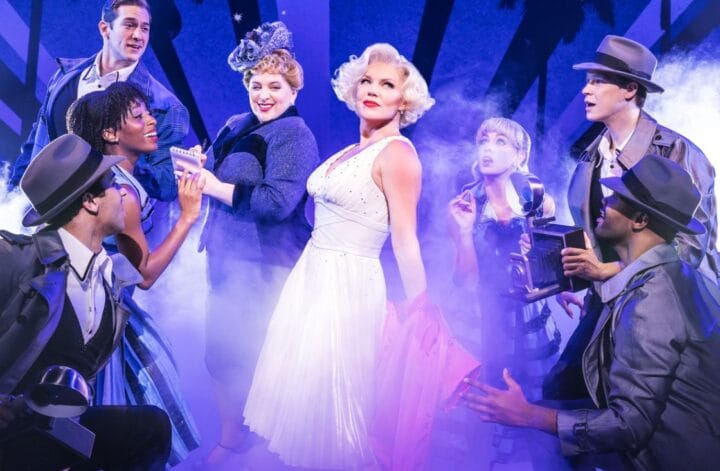The Kravis Center for the Performing Arts opened its 2025–2026 Broadway season on Tuesday, October 21, with The Wiz, a spirited revival of the beloved 1975 musical that reimagines The Wizard of Oz through a distinctly Black cultural lens. Anticipation filled the Dreyfoos Hall as theatergoers settled in for what promised to be a dazzling start to the season. With its mix of soul, funk, and gospel influences, The Wiz has long been celebrated for its exuberance and affirming message of courage and self-discovery. Yet, despite a strong start and a promising premise, opening night was hindered by significant technical difficulties that disrupted the performance’s rhythm and energy.
After the opening number, the show abruptly paused. A technical malfunction with the digital projection screen, a central visual element of the production’s scenic design, forced an unexpected intermission. Initially, the black screen itself did not detract from the performance for me; in fact, its simplicity lent an unexpected intimacy to the performers and scene. However, as the screen began to flicker and glitch, the distraction became unavoidable. What followed was an extended delay that tested the audience’s patience, with many patrons ultimately choosing to leave before the show resumed.
When the curtain finally rose again, the technical issue persisted in a more subdued form: a stubborn rectangle frozen at the bottom of the projection screen, quietly reminding the audience of what had gone wrong. Yet, despite their professionalism, the disruption had clearly derailed the performance’s flow. Energy that had felt fresh and enthusiastic at the top of the show gave way to a noticeable stiffness, as if the performers were pushing through muscle memory rather than rediscovering their earlier momentum.
Musically, the score retained its brilliance, but much of the cast struggled to recapture the spark that defines The Wiz. Songs such as “Ease on Down the Road” should pulse with rhythm and camaraderie, but on this night, they felt slightly muted, their transitions less organic. The choreography, typically one of the production’s greatest assets, also appeared cautious after the restart, as if uncertainty had settled over the stage.





